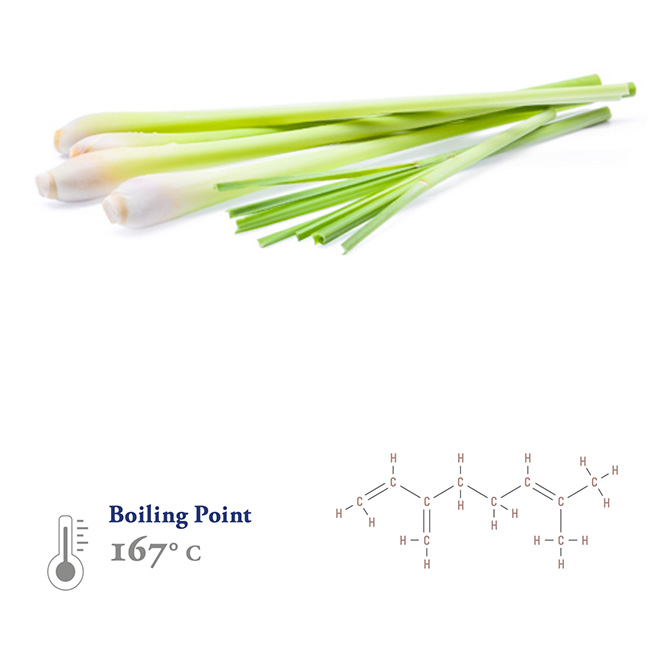Terpenes Explained
A shallow dive into the wonderful world of terpenes
Terpenes
Terpenes are fragrant compounds (secondary metabolites) found in all plants including Cannabis. Terpenes may exhibit medicinal properties independent from the cannabinoids. However, in concert with cannabinoids like THC, terpenes may offer ancillary-additive medicinal effects.
How do terpenes work?
Terpenes interact with the endocannabinoid system in a similar way to cannabinoids. And when co-applied, some terpenes may help cannabinoids penetrate the blood-brain barrier. For example, the terpene myrcene, which is also found in mangos, may increase the permeability of cells allowing for faster absorption of cannabinoids. Terpenes can influence neurotransmitters in our brains, helping to balance the immune system and other natural bodily functions. Limonene, another common terpene found in Cannabis, may elevate mood by helping to regulate in serotonin production.

β-Myrcene
myr·cene | ˈmərˌsēn , -səṅ
Myrcene is a monoterpene common- ly found in fresh mango, hops, bay leaves, eucalyptus, and lemongrass. It may have anti-tumor and anti-inflammatory properties, and is used in the treatment of spasms. Myrcene may help relieve insomnia. High myrcene levels in Cannabis, above 0.5% by weight, may be a reason for the placid effect people attribute to indica strains. Sativa strains traditionally contain less than 0.5% myrcene.
Learn more about Myrcene at www.floraplexterpenes.com
Citronellol
cit·ro·nel·lol | -ˈne-ˌlȯl , -ˌlōl
This terpene is closely related to geraniol, and is found in geraniums, roses, and some citrus rind. Like many other terpenes, it may be anti-inflammatory and immunoregulating. Citronellol is claimed offer anti-tumor effects.
Learn more about Citronellol at www.floraplexterpenes.com
Linalool
lin·al·o·ol | lə-ˈna-lə-ˌwȯl , lī- , -ˌwōl
Linalool is best known for the pleasant floral odor from lavender plants. It is also found in citrus, birch, and rosewood. Linalool is naturally relaxing, and has been used in the treatment of anxiety. It has been used as an anti-epileptic agent and a mild analgesic. lavender, citrus, birch, rosewood

Alpha-Pinene
pi·nene | ˈpī-ˌnēn
α-Pinene is immediately familiar as the fresh scent of a pine tree. It can also be found in conifer trees and citrus rind. It has been used for centuries as a bronchodilator in the treat- ment of asthma. α-Pinene is noted as an anti-inflammatory agent. conifer trees, citrus rind
Learn more about Alpha-Pinene at www.floraplexterpenes.com
D-Limonene
lim·o·nene | ˈli-mə-ˌnēn
Limonene has a distinct citrus odor and bitter taste. Limonene has been used in medicine, food, and perfumery for decades. Medicinally, limonene is best known for treating gastric re- flux and as an anti-fungal agent. Limo- nene may be useful in treating depression and anxiety. Limonene assists in the absorption of other terpenes and chemicals through the skin, mucous membranes, and digestive tract. conifer trees, citrus rind
Learn more about D-Limonene at www.floraplexterpenes.com
Terpinolene
ter·pin·o·lene |ˌtərˈpinəlˌēn
Terpinolene is found in oregano, cumin, lilac, citrus rind, and conifer trees. Terpenoline may offer anti-oxidant, immune-modulating, anti-bacterial, and anti-fungal properties. It has been used for hundreds of years in the treatment on insomnia. all spice, oregano, cumin, lilac, citrus rind, confer trees
Learn more about Terpinolene at www.floraplexterpenes.comORDER NOW
